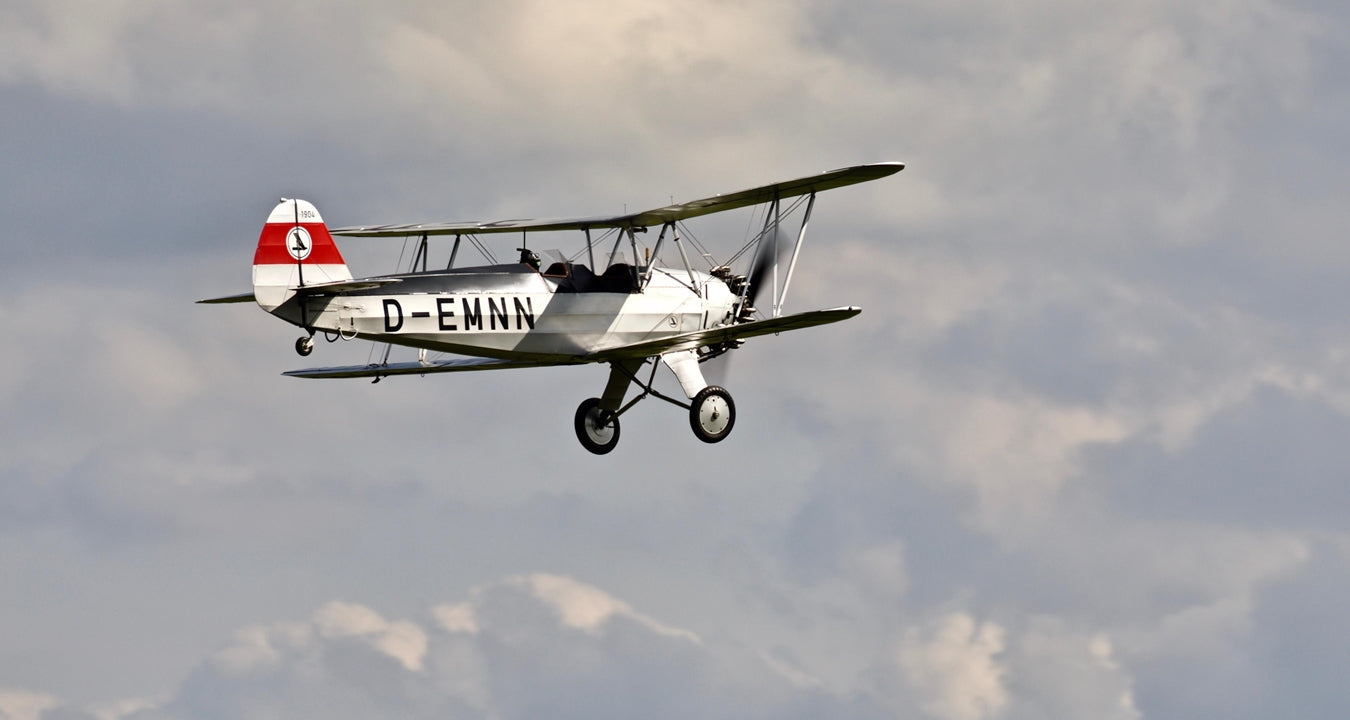
Focke Wulf Fw44 (Stieglitz)
The Focke-Wulf Fw 44, also known as the "Stieglitz" (German for goldfinch), was a successful German two-seat biplane developed in the early 1930s. Designed primarily by Kurt Tank while working at Focke-Wulf, the aircraft was intended for flight training, aerobatics, and sport flying.
Introduced in 1932, the Fw 44 featured a strong, lightweight structure, excellent maneuverability, and stable flight characteristics, making it a popular choice for both civilian flight schools and military pilot training programs, especially within the Luftwaffe. It was powered by a range of radial engines over its production run, most commonly the Siemens-Halske Sh 14.
The aircraft was exported widely and built under license in several countries, including Sweden, Argentina, and China. Its reliability and agility also made it a favorite among aerobatic pilots. It was a commercial success for Focke Wulf, and allowed the company to invest and grow over the years.
Overall, the Fw 44 was a key stepping stone in the development of German aviation training and helped establish Focke-Wulf as a respected aircraft manufacturer in the pre-WWII era.
